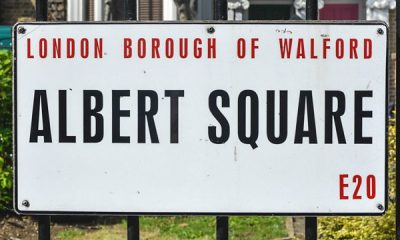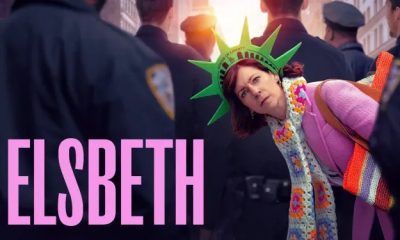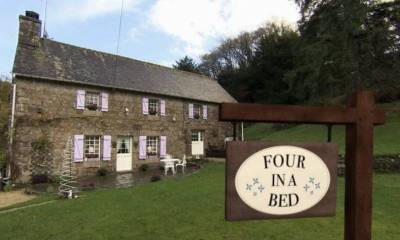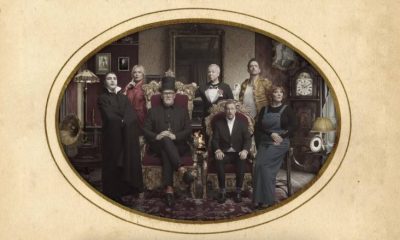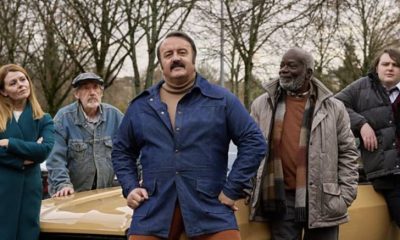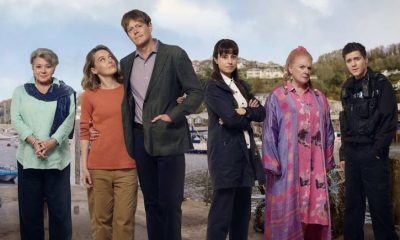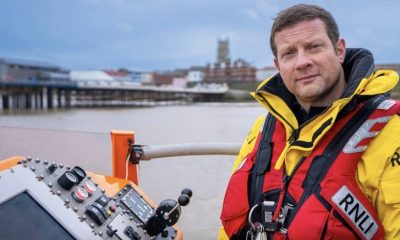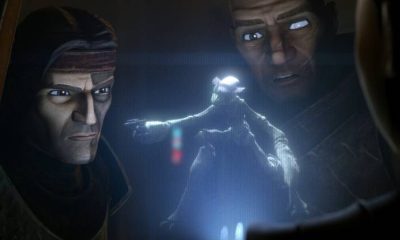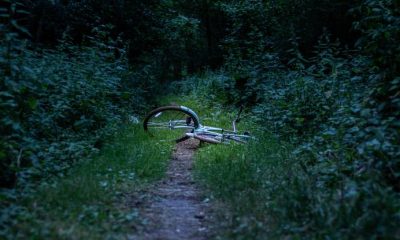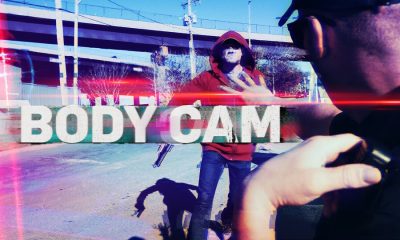Interviews
Life After Life | Interview with John Crowley (Director & Executive Producer)
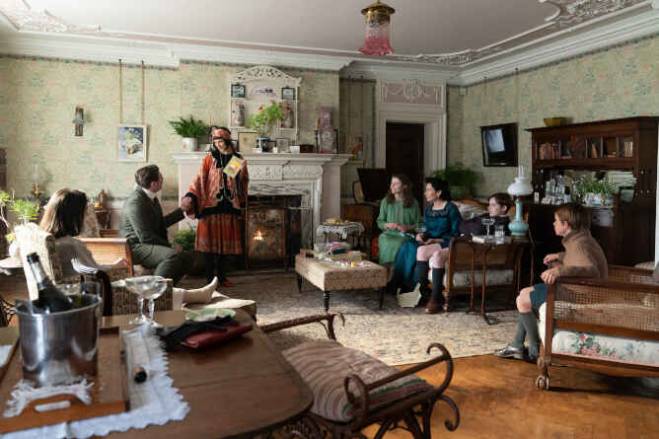
What did you know about the book coming into the project?
I had been given the book as a present, but to my embarrassment, I hadn’t read it. I got a call saying that Tessa [Ross, Executive Producer] was sending me two scripts, the first two of four, and I was instantly captivated and intrigued by the central idea – rebirth.
I was very taken in by the spirit of what Bash had written, which was very true to the period it was set in and also very contemporary in its approach. It was a rich mix.
What appealed to you?
There were two things in it that appealed to me as there are two aspects to the storytelling. One is to try to get close enough to Ursula to see through a child’s eyes or a child’s point of view of the world. And then to have it unfold in the present tense. The period dramas I get drawn to are the ones where you don’t feel that the past is a safe secure place, and it’s beautifully framed and frozen inside that frame.
Tell us about the cast you assembled for Life After Life.
I owe this to casting director Fiona Weir, who has given me many great casts. It was a long process of piecing it together, and she was central in helping figure out how many Ursulas to have, how many iterations of the character to have. It was like a vast mosaic, you had to start putting pieces on it and then once you get a foothold in one part you begin to know what you’re doing. It was really difficult because sometimes we have three versions of the same character handing over, and that’s extremely difficult to do at the best of times.
Tell us about the casting of Thomasin as Ursula?
Thomasin was the very first piece of casting we made, perhaps unsurprisingly. We had a series of Zooms as she was in New Zealand at the time. She then arrived in London for two weeks’ rehearsal and that was where we really got our sleeves rolled up and figured out the emotional tone of each scene, or each life, and how to pitch them. You’re seeing a great piece of acting with Thomasin and a phenomenal young talent spreading her wings and taking off.
What can audiences expect from Life After Life?
I hope they find something immediately accessible that is a fresh, emotional version of what it feels like to be alive. You don’t have to feel like you’ve lived multiple lives to access it. It’s a rather playful and witty way of expressing something that we all feel, one being the feeling of déjà vu, and the other, the feeling of the other lives that might have been lived… that you could have lived.
What were the biggest challenges for you and the production?
Not enough time and not enough money.. which is always the way! The schedule was extremely difficult and it was very difficult to wrangle this. As soon as I came on board and joined the project lockdown began, so we didn’t know what the reality of shooting the piece was going to be. It immediately meant we couldn’t go to Germany to shoot scenes, and I was desperately keen that the breadth of the visuals in the piece wouldn’t be curtailed.
The piece moves in a very tight world: when she’s a child in Fox Corner, and then in these ever widening circles out in the world, that felt like my favourite parts of the book. You see the war from both sides, through the eyes of the same character, which was interesting to me and very fresh. It allowed us some visual possibilities that excited us enormously and I didn’t want to let go of any of that. I was aided by a fantastic production team who would provide me enough wiggle room that, if we had dropped a shot or a scene and had to pick it up, we’d figure it out. It was a tighter schedule than anything I’ve ever worked on, by far.
Can you think of three words to describe Life After Life?
If I could, I wouldn’t have made the whole thing. I just spent 12 weeks working flat out! You mean to say I could have come up with three words and saved myself the trouble? Ah, no, sorry I can’t do that!


